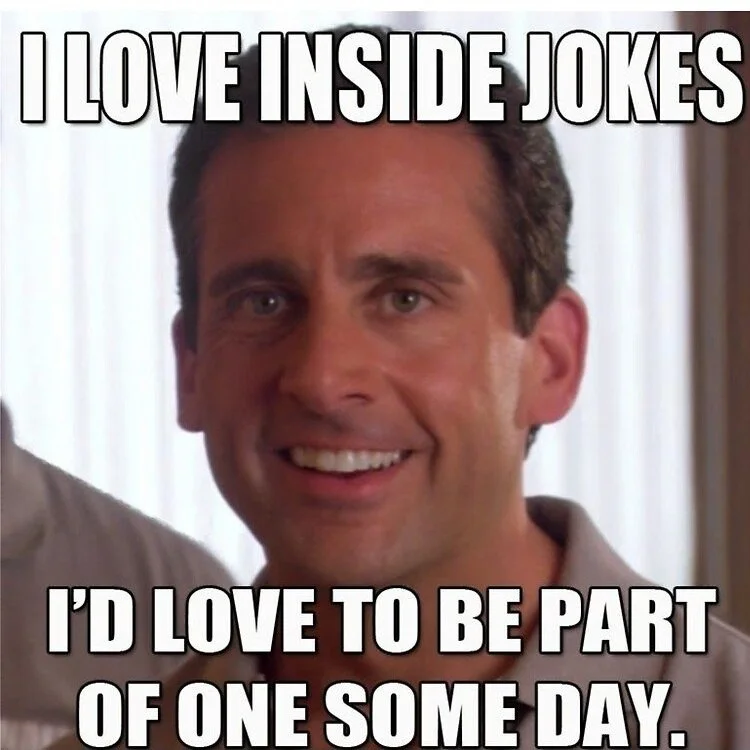How to start (and maintain) a conversation
The sermon ended. The marching orders to “love your neighbor” resounded upon your conscious. The next 24 hours, you mentally prepared for how you would jump into action with that co-worker, friend, family member, or neighbor. The next day, the moment finally arrives. Unfortunately, you step on that lego piece called “dialogue” not having a clue how to have small talk. The moment leaves. Not only did you miss that “service” opportunity, your lacking social skills left the other person feeling…uncomfortable.
On the pendulum between “Extroverted” and “Introverted,” I lean more towards the Introverted side.
Introversion can also be a symptom of another characteristic many artists feel. Borrowing imagery from Beowulf, Makoto Fujimura calls the artist’s role Mearcstapas, or, those who find themselves on the borders of communities.
When artists venture from their borders into the center of groups, that’s where it gets spicy. Manifested in social gatherings, we find all insecurities peek their heads: Awkwardnesses, social quirks, embarrassing remarks, missing of social cues, ill-timed humor, and outside of the inside jokes.
In light of this, any simple, memorable, and practical tips for serving others with our words and actions help.
Probably about 5 months ago, I found myself listening to a story by Jake Parker on the 3-Point Perspective Podcast. He shared a formula his dad gave him which he used to interact with others at artist’s conventions.
Whether meeting someone for the first time or making small talk with someone you know, try following this simple acronym: F.O.R.M.
F - Family: tell me about your family.
O - Occupation: what do they do for work?
R - Recreation: what do you enjoy doing for fun, relaxation?
M - Motivation: what drives you as a person?
In the last 5 months, I have found myself relying on this framework multiple times in my conversations. I’ve tried to keep it natural, not making sure I follow it as a strict set of rules. Keeping the questions open-ended (meaning, no “yes/no” questions) keeps the conversation moving at the pace of the curiosity between both parties.

